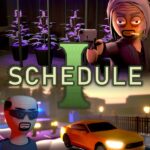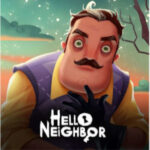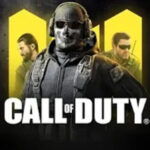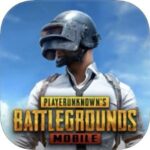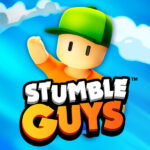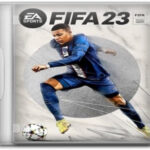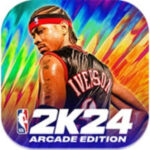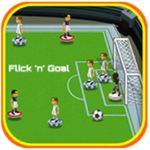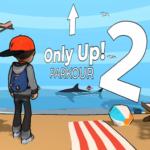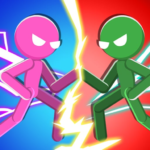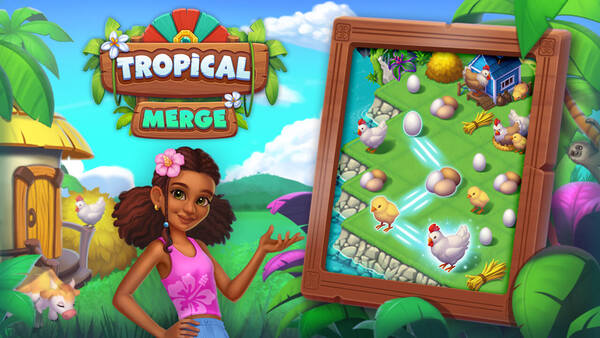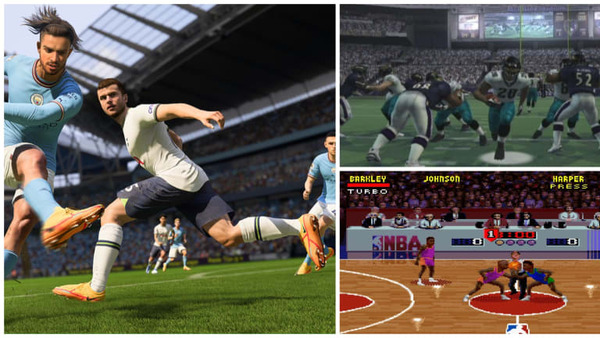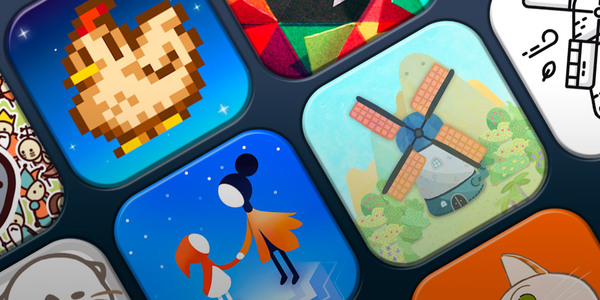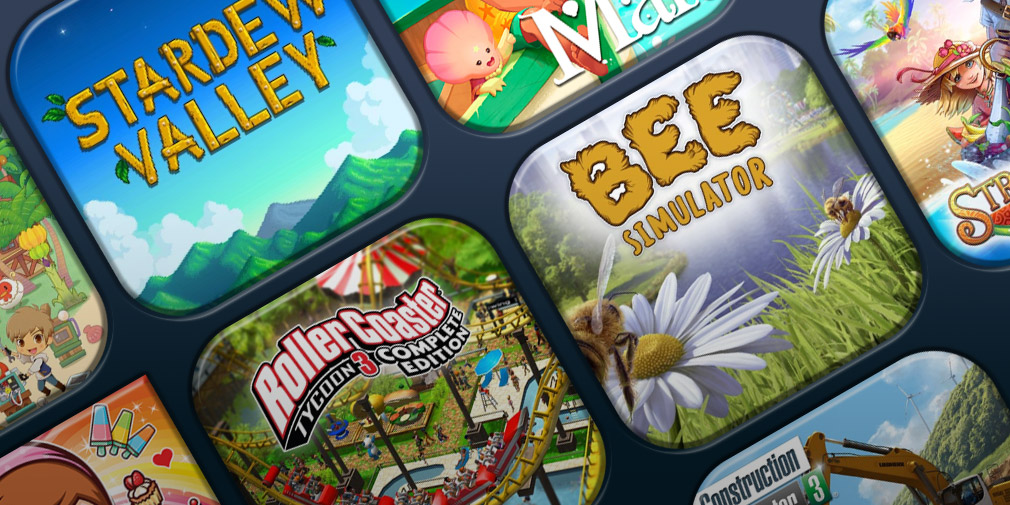Introduction: God of War Ragnarök—The Climax of Kratos’ Norse Journey
God of War Ragnarök concludes the Norse chapter of Kratos and Atreus’ epic saga with emotional resonance, high-stakes conflicts, and sweeping exploration. Developed by Santa Monica Studio, this sequel expands upon its predecessor’s foundations—intimate father-son dynamics, rich worldbuilding, and visceral combat—all while building toward the prophecy of Ragnarök. This article offers a full breakdown of narrative arcs, combat advancements, character growth, Pros and Cons, and critical reception that define Kratos’ final confrontation in the Nine Realms.
Origins and Post-God of War (2018): The Road to Ragnarök
Following the events of the 2018 God of War, Kratos and Atreus return to rebuild their lives in Midgard. Their strains emerge from Atreus’ secret identity as Loki and the impending prophecy of Ragnarök.
Obsidian echoes from Jörmungandr hint that destiny is drawing near. While forging new alliances—like those with the dwarven brothers Sindri and Brok—the duo begins to face threats from the Norse pantheon accelerating the onset of the famed cataclysm. Character motivations deepen as parent and child clash over duty, destiny, and identity.
Call to Adventure: Gods at the Doorstep of Ragnarök
As Aesir gods unite against them, Kratos and Atreus set out to stop the apocalypse. Wielding Leviathan Axe, Draupnir Spear, and Blades of Chaos in tandem, their combat synergy and narrative partnership take center stage.
Enemies from Midgard to Svartalfheim amplify the tension. Across these realms, the pair investigates signals that link to key figures like Thor, Freya, and Odin, each rehearsal bringing the prophecy closer to reality and framing the moral complexity of fate versus free will.
Mythic Realms Explored: Expanding the Norse World
God of War Ragnarök brings a breadth of exploration across nine realms. Players traverse Midgard’s mountainous terrain, alpine Icelandic-inspired Vanaheim, shadowy Svartalfheim, fiery Muspelheim, watery Aegir’s realm, frigid Alfheim, world of the dead Helheim, lush Jötunheim, and the realm of the vanir.
Each realm delivers unique environmental puzzles—such as boat traversal in Aegir’s underwater zone or time-shift platforms in Alfheim. Cultural details deepen immersion, like the broken giants’ paintings in Vanaheim.
Midgard and the Core: A Return to Home Ground
Midgard remains the emotional anchor. Blending hometown familiarity with new threats, its varied topography balances narrative beats and crucial character moments.
Svartalfheim and Dwarven Depths
The industrial-looking dwarf realm provides modular gear upgrades and weapon enhancements. The realm’s labyrinthine tunnels demand mobility mastery and puzzle-solving sharpness.
Combat Evolution: Refined Mechanics and Strategic Depth
God of War Ragnarök introduces advancements in combat finesse, Riposte counters, and runic improvements.
Primary weapons now offer branching upgrade trees, allowing loadout customization. Reaction time is rewarded via parrying and tactical dodges. Enemies operate with greater awareness, demanding environmental interaction and strategic positioning for success.
Character Growth: Kratos and Atreus through Conflict
Atreus gains new magical talents—runic spells and axes—that broaden his support role. His growth is not just combat-focused; symbolic confrontations with his identity as Loki and his relationship with Kratos drive his arc.
Kratos, still burdened by his past and paternal guilt, evolves through Ragnarök. Shared flashbacks and intimate dialogues explore his redemption, self-doubt, and eventual acceptance of guiding his son through destiny.
Visual and Audio Excellence: Cinematic Presentation
Ragnarök’s visuals push the PlayStation 5 hardware with ray-traced lighting, dense crowds, and Grand campaigns through frostbitten forests and synth-powered arenas.
Accompanying sound design enhances immersion—from the weight of Kratos’ steps to the clang of mortal conflict. The Norse-based soundtrack complements dramatic set pieces and quieter narrative scenes.
Side Content and Challenges: Endgame Depth
Side quests and Nornir chests reveal myths about forgotten gods and runes. Favor missions deepen emotional connections, such as Freya’s Grief Quest or Brok’s Dwarven Disputes.
Photo Mode, difficulty variants, and New Game+ unlock layers of replay value. Optional Kratos and Atreus armor upgrades offer combat resilience and skill synergies.
Reviews and Audience Feedback
God of War Ragnarök has received universal acclaim. Many outlets praised its cast, cinematography, and combat systems, with Metacritic scores averaging around 94/100. Audiences highlighted the emotional depth, powerful storytelling, and smooth integration between action sequences and narrative moments.
Community feedback has been especially positive regarding its technical achievements, environmental design, and voice performances. However, opinions are divided on pacing and how side content is integrated throughout the main journey.
Conclusion: God of War Ragnarök’s Place in Gaming History
God of War Ragnarök closes Kratos’ Norse saga in gripping style, merging mythic grandeur with intimate human emotion. With mechanical improvements, rich realm design, and narrative resonance, it delivers one of gaming’s most powerful finales.
Though its length and ambition may challenge some, Ragnarök stands as a triumph—a model of storytelling, design, and technical artistry. Kratos’ final odyssey across Norse worlds cements his legacy and signals a new chapter for gaming epics.


